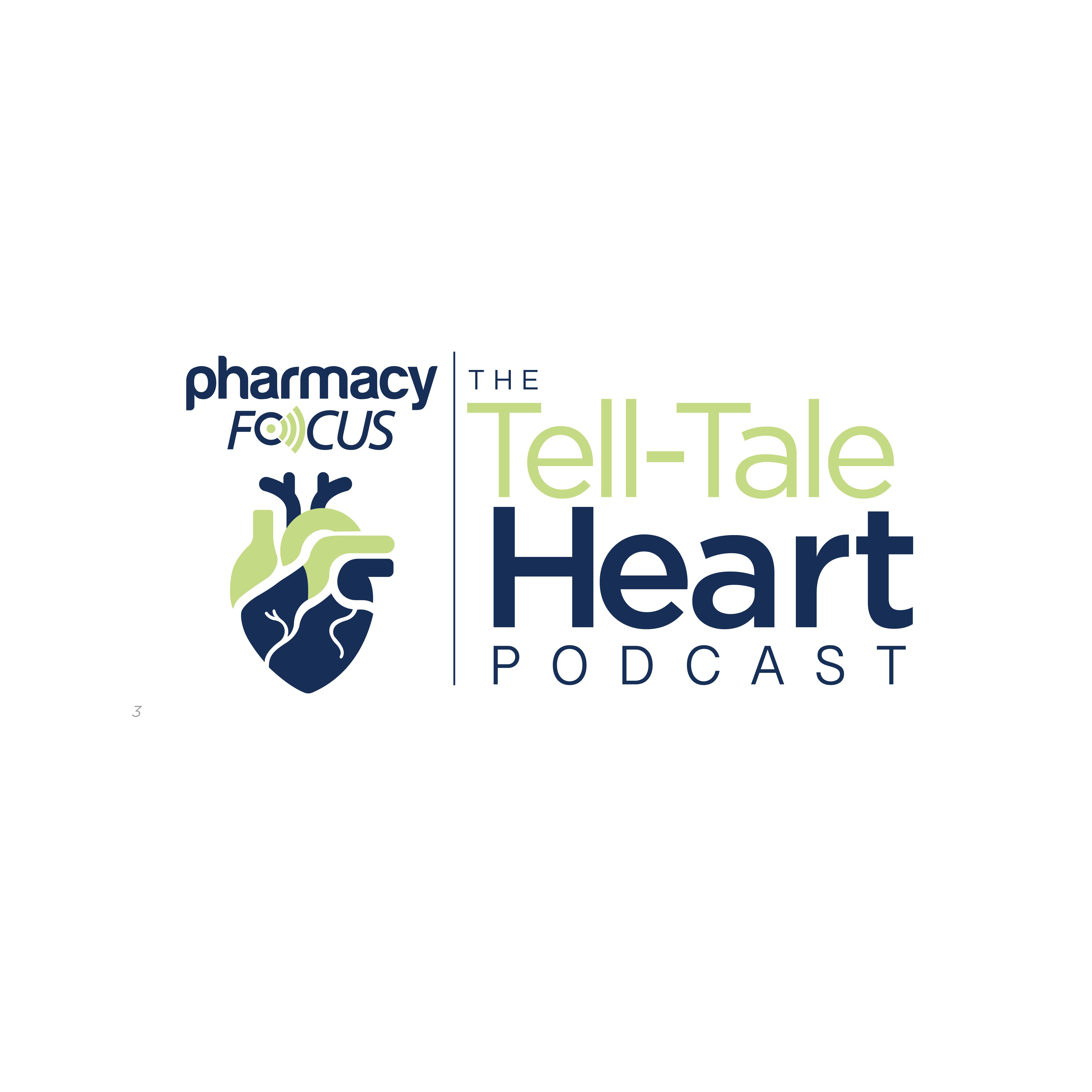
News
Article
Pharmacy Practice in Focus: Health Systems
Viagra May Alleviate Dysmenorrhea-Related Pain, However Funding Challenges Have Limited Clinical Research
Author(s):
The early phase clinical trial, which ended prematurely in 2013 due to funding challenges, further illustrates disparities in health equity in clinical research.
Image credit: PaulSat | stock.adobe.com

Despite up to 90% of women suffering from menstrual pain, or dysmenorrhea, and PMS, both remain vastly understudied. Further, the medication available to treat women with PMS and dysmenorrhea is incredibly limited, with over 40% of this population not responding to treatment; however, there is a vast range of erectile dysfunction drugs—such as sildenafil citrate (Viagra; Pfizer)—that are available to men.1
Investigators seeking to research treatments for PMS have noted their requests for research grants have been rejected on the basis that “PMS does not actually exist.”1 Today, patients with PMS who do not respond to available treatments may be treated with hysterectomies.1 In rare, extreme cases, sufferers of PMS have resorted to suicide.1
However, clinical research has demonstrated a potential treatment for menstrual pain. In a 2013 study (NCT00123162) published in Human Reproduction, the study authors examined the capability of sildenafil citrate to alleviate symptoms in patients with primary dysmenorrhea (PD) when administered vaginally. However, the trial ended prematurely as investigators did not meet their sample size, so the funding was discontinued.1,2
In the book Invisible Women: Data Bias in a World Designed For Men, author Caroline Criado Perez interviewed lead study author Richard S. Legro, MD, FACOG, who noted that he was rejected twice by the NIH for funding to conduct a larger, longer study that compared sildenafil citrate to a non-steroidal, anti-inflammatory standard-of-care agent. Legro also noted that the reviewers of the grant proposal explained that they did not see dysmenorrhea as a “priority public health issue,” and also did not “fully understand clinical trial design of dysmenorrhea trials.”1
The double-blind, randomized, controlled trial compared a single 100-mg vaginal dose of sildenafil citrate with a single vaginal dose of placebo in patients with PD. Participants were randomly assigned either vaginal placebo or 100 mg of vaginal sildenafil citrate, and both patients and care providers involved in the study were blind to what treatment was being administered. Women aged 18 to 35 years who were considered to be in “good health” but experienced moderate to severe PD (onset < 3 years after the first occurrence of menstruation) were enrolled in the study. Further, patients included in the trial had regular menstrual cycles (25-31 days) for the 3 months that preceded trial enrollment with moderate to severe symptoms of PD during those cycles. Symptoms included abdominal or pelvic pain that radiated to the back and thighs that could begin as soon as 1 day before menses and last for the first 3 days of bleeding, nausea, vomiting, diarrhea, headache, fatigue, nervousness, and dizziness.1,2
The investigators predicted that the 100-mg dose of sildenafil citrate—which was used in previous trials—would have at least a 6.5-unit improvement in moderate-to-severe PD total relief over 4 hours compared to a single dose placebo. Initial screening was done over the phone and women who met the phone inclusion criteria and were willing to participate had attended a screening visit. At this visit, inclusion and exclusion criteria were determined and patients were randomly assigned to receive either sildenafil citrate or the placebo drug.2
Patients were asked to provide the level of pain they were experiencing at baseline and at the 1-, 2-, 3-, and 4-hour marks post-treatment, using a 5-level ordinal scale used for total pain relief over 4 consecutive hours calculation and the visual analog scale (VAS), a scale widely used in clinical trials to assess pain intensity. The VAS is 100 mm long, with the extremes of the scale at the left (“no pain,” 0 mm) and at the right (“the worst pain felt,” 100 mm). The pain “score” is determined by measuring the distance from the left side of the scale and up to the point at which the patient has marked their level of pain.2
At the screening visit following the initial screening—which was performed over the phone—the following tests were conducted to assess whether participants were eligible to be enrolled in the trial: a full physical examination if results from the previous year were available (including blood pressure and a Pap smear); a transvaginal ultrasound to determine the size of the uterus and potential abnormalities, endometrial thickness, as well as ovarian size and morphology (to exclude causes of secondary dysmenorrhea); a phlebotomy for glucose, complete blood count, alanine transaminase, aspartate transaminase, alkaline phosphatase, creatine, total bilirubin, blood urea nitrogen; and an electrocardiography. Following the evaluation of screening visit results, participants who met the study criteria were instructed to schedule a study visit.2
Due to the difficulty of predicting menstrual bleeding, the study visit was not scheduled in advance, resulting in patients having to call the trial coordinator when they began experiencing PD-related pain during menstruation. The coordinator would then, depending on availability, schedule participants for a visit that day or instruct them to take their typical pain medication and call again either the following day if pain persists or the following cycle.2
A total of 25 women completed the study, of which 13 patients received sildenafil citrate and the remaining 12 received placebo. According to the investigators, both groups had comparable baseline characteristics. The results indicated that sildenafil citrate, when administered vaginally, is capable of providing relief from acute menstrual pain in women with moderate to severe PD; however, placebo was capable of providing pain relief as well.2
“When designing this trial, and bearing in mind that sildenafil citrate has never been used for this indication, and in this route and dosage, we felt it was safer to use placebo instead of another active drug that has never been used in vaginal form either,” wrote the study authors. “As our study progressed, we became aware there were no [adverse effects (AEs)] to either 1 of the vaginally administered compounds.”2
The study authors noted the inability to meet the sample size; therefore, they were unable to determine whether a 100 mg dose of sildenafil citrate would achieve at least a 6.5-unit improvement in TORAR4 over placebo. However, the determined difference was relatively close to what was hypothesized (sildenafil citrate group: 11.9; placebo group: 6.4; difference = 5.3).2
Although both sildenafil citrate and placebo showed capability of improving uterine blood flow—which may be a mechanism in pain relief—there was not a significant or clear correlation between the change in uterine blood flow and pain relief. The investigators note that this finding is similar to a prior study conducted in 2010 that found 100 mg of sildenafil citrate improves endometrial thickness and lowers high uterine artery impedance, signaling a potential benefit for those with a thin endometrium.2
“Now that this study is completed and no AEs were reported, future studies of pain relief in PD patients having a sildenafil arm, a placebo arm, and another active drug arm should be considered to assess efficacy and safety of vaginally delivered medications,” wrote the study authors.2
In addition, the investigators noted that a potential limitation of the study is the observation period following drug administration may have been too short to observe effects. Further, they note that the 4-hour period for the study was chosen because of the maximum median plasma concentrations for sildenafil citrate being reached within 60 minutes, and its maximal effect is often observed within the 2 hours following with possible effects being present within a 4-hour timeframe.2
The authors also noted that repeated doses of sildenafil citrate in patients with PD were not taken into consideration when assessing safety concerns because of the plethora of research available that demonstrates the repeated dosage and pharmacokinetics of 100-mg oral doses; however, no information was available for vaginal administration. In addition, they suggested that 100 mg of vaginal sildenafil citrate should likely not be taken more than twice per day to avoid a rise in plasma concentrations above the AE threshold.2
Although ultrasounds are one of the most significant diagnostic tools within gynecology, it has limited benefit when diagnosing PD; however, a transvaginal color Doppler ultrasound following the administration of both sildenafil citrate and placebo showed improvement in uterine blood flow, suggesting that the changes were a result of the pain relief experienced by the participants.2
“Since PD is a condition that most women suffer from and seek treatment for at some points in their lives, the quest for new medications is justified. Our small study offers hope that vaginal sildenafil citrate is a safe and effective option for patients who do not desire or are unresponsive to treatments now available on the market,” noted the authors in the study. “Larger studies of longer duration, likely multicenter, are needed to confirm the findings from this study. Since our study found the medication to be safe for this indication, without AEs, recruitment in the future would be enhanced by allowing home administration of the medication.”2
REFERENCES
1. Criado-Perez. Yentl Syndrome, Invisible Women: Data Bias in a World Designed For Men. Abrams Press; 2019: 217-235.
2. R. Dmitrovic, A.R. Kunselman, R. S. Legro, Sildenafil citrate in the treatment of pain in primary dysmenorrhea: a randomized controlled trial, Human Reproduction, Volume 28, Issue 11, November 2013, Pages 2958–2965, doi:10.1093/humrep/det324

Newsletter
Stay informed on drug updates, treatment guidelines, and pharmacy practice trends—subscribe to Pharmacy Times for weekly clinical insights.
2 Commerce Drive
Cranbury, NJ 08512
All rights reserved.





